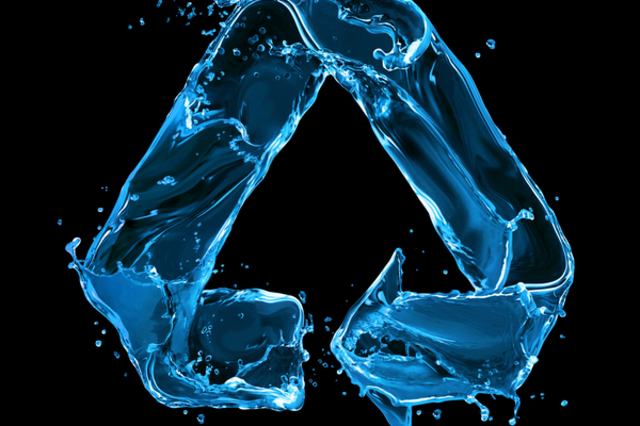
Wastewater treatment process highlights Materion’s commitment to responsible, sustainable operations
Materion’s PPC service involves various unique solution chemistries. The resulting wastewater is subject to increasingly stringent regulatory controls. As part of its commitment to customers, the environment, and local communities, Materion deployed its Technology & Innovation team to explore novel approaches to reducing COD waste without the need for exotic, complex treatments.
10/9/2025
